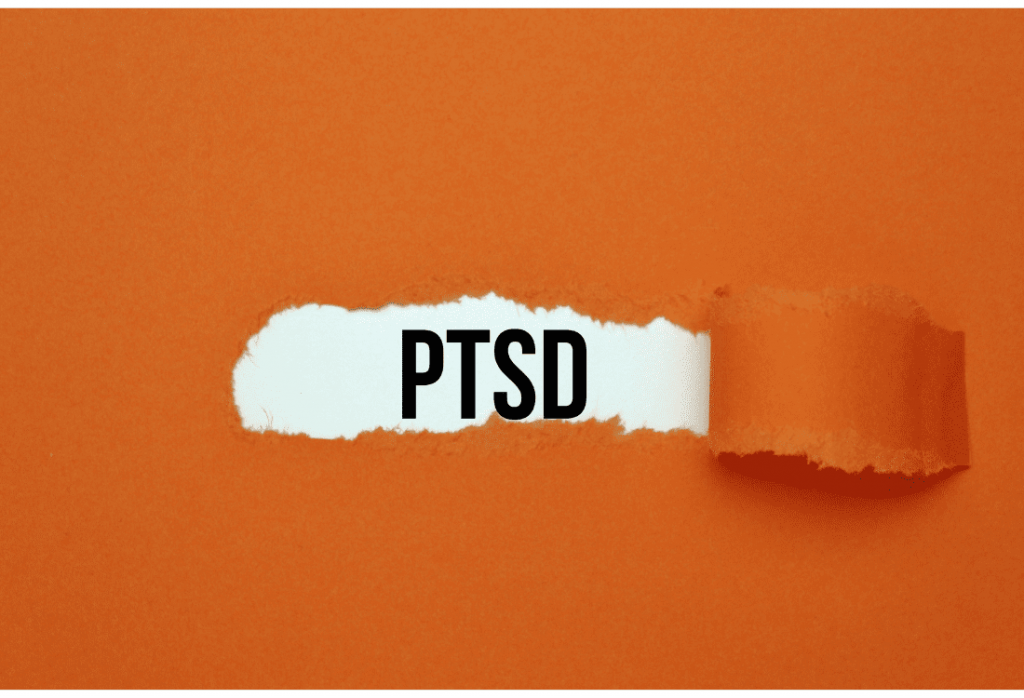Post-traumatic stress disorder (PTSD) is a complex condition that requires a comprehensive and personalized treatment approach. Understanding the causes and symptoms of PTSD is crucial in developing an effective treatment plan. By acknowledging the science behind PTSD and recognizing its common symptoms, individuals can embark on a journey toward healing and recovery.
Understanding PTSD: Causes and Symptoms
PTSD, or Post-Traumatic Stress Disorder, is a mental health condition that can be caused by a variety of traumatic events. These events can include natural disasters, physical or sexual assault, combat experiences, or even witnessing a traumatic event. It is important to understand the causes of PTSD in order to develop a tailored treatment plan for individuals affected by this disorder.
When it comes to the science behind PTSD, it is fascinating to explore how traumatic events can deeply impact the brain and body. These events trigger an overactive stress response, leading to significant changes in neurobiology. The way the brain processes and responds to stress is altered, resulting in a wide range of symptoms and experiences for those with PTSD.
The Science Behind PTSD
One of the key areas of the brain that is affected by PTSD is the amygdala. This region is responsible for emotional processing and becomes hypersensitive in individuals with PTSD. This heightened sensitivity leads to hypervigilance and fear responses, as the amygdala is constantly on alert for potential threats. This constant state of hyperarousal can be exhausting and overwhelming for individuals with PTSD.
Another area of the brain that is impacted by PTSD is the hippocampus. This region plays a crucial role in memory processing. However, in individuals with PTSD, the hippocampus may be affected, resulting in fragmented memories and flashbacks. These intrusive memories can be triggered by various reminders of the traumatic event, causing intense psychological distress.
Common Symptoms of PTSD
PTSD is characterized by a range of symptoms that can significantly impact an individual’s daily life. Intrusive thoughts are a common symptom, where individuals experience recurring and distressing thoughts related to the traumatic event. Nightmares and flashbacks can also occur, causing individuals to relive the traumatic experience during sleep or while awake.
Exposure to reminders of the traumatic event can lead to intense psychological distress. Individuals with PTSD may actively avoid situations, places, or people that remind them of the trauma. This avoidance behavior is a way to cope with the overwhelming emotions and memories associated with the event.
Emotional numbing is another symptom of PTSD, where individuals may feel detached or disconnected from their emotions. This can make it difficult for them to experience joy or pleasure in everyday activities. Hypervigilance, or being constantly on high alert, is also common in individuals with PTSD. They may be easily startled, have difficulty concentrating, and have an exaggerated startle response.
Furthermore, alterations in mood and cognition are frequently observed in individuals with PTSD. They may experience feelings of guilt, shame, or anger. Negative thoughts and beliefs about themselves or the world around them can also be present. These symptoms can significantly impact an individual’s overall well-being and quality of life.
The Importance of Personalized Treatment Plans
When it comes to treating PTSD, one-size-fits-all approaches do not work effectively. Each individual’s experience with trauma is unique, and their treatment plan should reflect that. The importance of personalized treatment plans cannot be overstated.
Why One-Size-Fits-All Doesn’t Work
PTSD manifests differently in each individual, requiring a tailored approach to address their specific needs. What works for one person may not work for another. Factors such as the type and severity of the trauma, existing support systems, and personal coping mechanisms all play a role in determining the most effective treatment strategies.
The Role of Individual Differences in PTSD Treatment
Treating PTSD involves considering individual differences in coping styles, cultural background, and personal values. A treatment plan must acknowledge and respect these individual differences to establish trust and foster a sense of safety and comfort during the therapeutic process. Collaborating closely with healthcare professionals ensures that treatment aligns with the unique needs and preferences of each individual.
Components of an Effective PTSD Treatment Plan
An effective PTSD treatment plan consists of multiple components that address various aspects of the disorder. These components include psychotherapy, medication management, and lifestyle changes and self-care strategies.
Psychotherapy for PTSD
Psychotherapy plays a central role in treating PTSD. Different therapeutic approaches, such as cognitive-behavioral therapy (CBT) and prolonged exposure therapy (PET), can help individuals identify and modify unhelpful thoughts and behaviors associated with their trauma. Additionally, therapy provides a safe space for individuals to process their emotions, build resilience, and develop coping skills.
Medication Management
Medication can be an important component of a comprehensive treatment plan. Antidepressants, such as selective serotonin reuptake inhibitors (SSRIs), are commonly prescribed to alleviate symptoms of depression and anxiety associated with PTSD. However, medication should be used in conjunction with therapy and under the guidance of a healthcare professional.
Lifestyle Changes and Self-Care Strategies
Incorporating lifestyle changes and self-care strategies can significantly support PTSD recovery. Engaging in regular exercise, practicing relaxation techniques, and prioritizing healthy sleep habits can enhance overall well-being. Additionally, connecting with nature, cultivating hobbies, and engaging in creative outlets can promote emotional healing and self-expression.
Emerging Treatments and Therapies for PTSD
As our understanding of PTSD continues to evolve, new treatments and therapies are emerging to enhance recovery outcomes. Two notable examples are Eye Movement Desensitization and Reprocessing (EMDR) and Virtual Reality Exposure Therapy.
Eye Movement Desensitization and Reprocessing (EMDR)
EMDR is a therapeutic approach that utilizes eye movements or other bilateral stimulation to assist individuals in processing traumatic memories and reducing associated distress. By stimulating both sides of the brain, EMDR can help desensitize traumatic memories and promote cognitive reintegration.
Virtual Reality Exposure Therapy
Virtual Reality Exposure Therapy involves using virtual reality technology to create simulations of traumatic events. This therapy allows individuals to gradually and safely confront their fears and triggers, helping them develop healthy coping mechanisms and reduce anxiety and avoidance behaviors.
The Role of Support Systems in PTSD Recovery
Support systems play a crucial role in the recovery journey of individuals with PTSD. Having a network of family and friends, as well as accessing professional support and joining PTSD support groups, can provide invaluable emotional and practical assistance.
Family and Friends as a Support Network
Family and friends can offer understanding, empathy, and encouragement, serving as a vital support network for individuals with PTSD. Their presence and active involvement can provide a sense of stability, validation, and reassurance, which are essential elements of the recovery process.
Professional Support and PTSD Support Groups
Professional support, including therapists and counselors specialized in treating PTSD, can provide tailored interventions and guidance. Support groups, whether in-person or online, offer safe spaces for individuals to connect with peers who have undergone similar experiences. Sharing stories, exchanging coping strategies, and receiving validation from others who understand their struggles can be immensely beneficial for PTSD recovery.
In conclusion, developing an effective PTSD treatment plan is a multifaceted process that relies on understanding the causes and symptoms of the condition, acknowledging individual differences, and utilizing various therapeutic approaches. By embracing personalized treatment plans and staying open to emerging treatments, individuals can embark on a journey of healing and recovery. The presence of a strong support system further enhances the overall treatment experience, providing a sense of community and encouragement along the way. Through a comprehensive and individualized approach, individuals with PTSD can find hope, resilience, and ultimately regain control over their lives.



